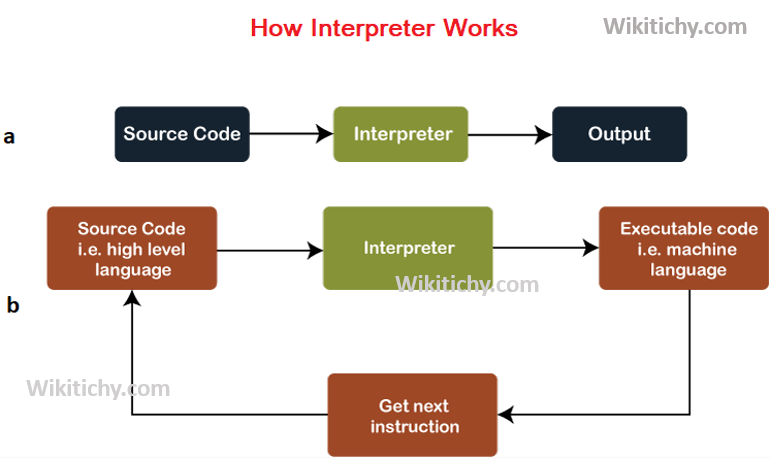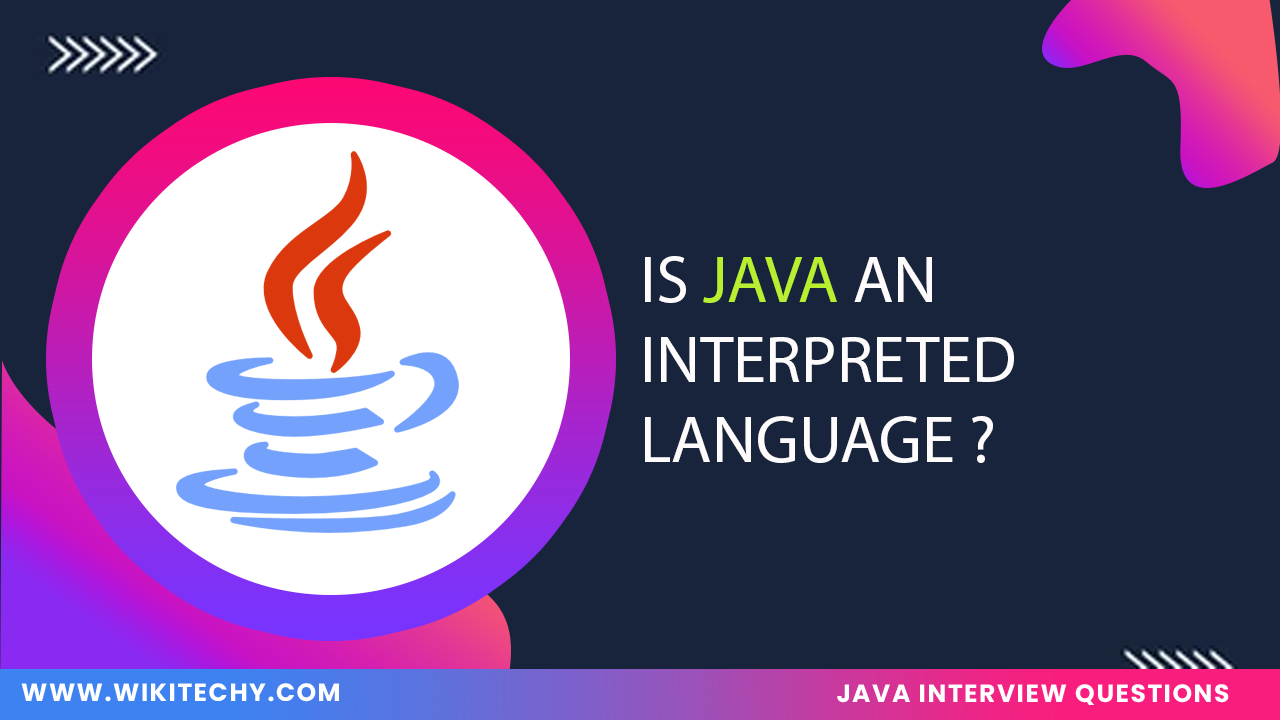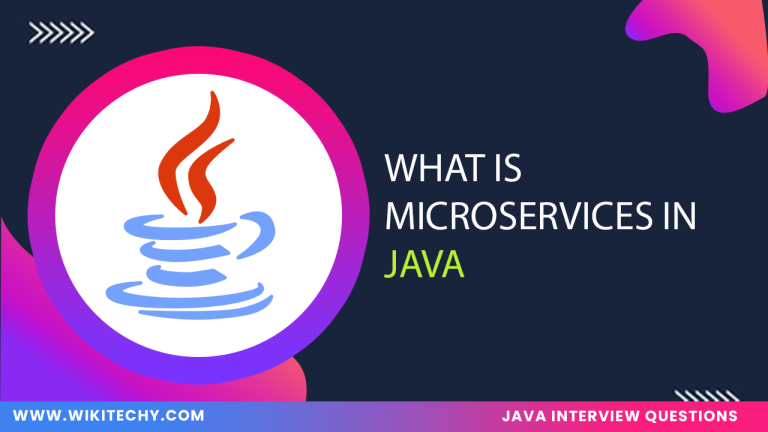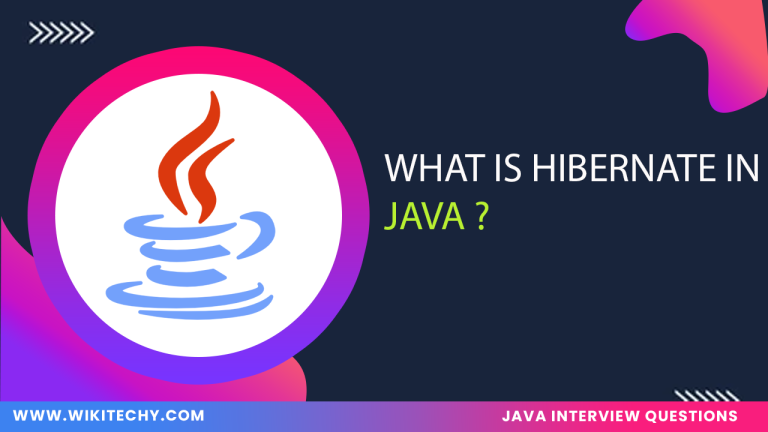Java is both compiled and interpreted. When you write Java code, it is first compiled into an intermediate form known as bytecode using the Java compiler (javac). This bytecode is not machine code, but a platform-independent code. The bytecode is then interpreted or compiled at runtime by the Java Virtual Machine (JVM), which is platform-specific.
So, while Java source code itself is compiled, the bytecode generated is interpreted (or compiled on-the-fly) by the JVM, which gives Java its portability across different operating systems.

Definition:
Java is a high-level, object-oriented programming language that uses a hybrid approach of compilation and interpretation. The Java compiler converts source code into bytecode, and the Java Virtual Machine (JVM) interprets or compiles this bytecode into machine code for execution on different platforms.
Example:
Output:
Features of Java:
- Write once, run anywhere. Bytecode can run on any system that has a JVM.
- Everything in Java is treated as an object, making it modular, flexible, and easy to extend.
- Provides runtime checking, bytecode verification, and a Security Manager.
- Offers strong memory management, exception handling, and garbage collection to avoid errors.
- Built-in support for concurrent execution of tasks.
- JVM uses Just-In-Time (JIT) compilation to optimize performance.
- Bytecode makes Java portable across different hardware and operating systems.
- Capable of linking new class libraries and methods at runtime.
Advantages of Java:
- Java’s bytecode can be interpreted on any system with a JVM.
- Java includes garbage collection to handle memory deallocation, reducing the risk of memory leaks.
- Java has a vast array of libraries and APIs for tasks like networking, file I/O, GUI development, etc.
- Java has in-built security mechanisms such as a security manager, and provides secure execution of code.
- Being widely adopted, Java has a vast community of developers and extensive documentation.
Uses of Java:
- Frameworks like Spring and JavaServer Faces (JSF) make Java a popular choice for building large-scale web applications.
- Android development uses Java as the primary programming language.
- Java Enterprise Edition (Java EE) is widely used in large-scale enterprise environments.
- Java offers libraries like Swing and JavaFX for building graphical user interfaces.
- Java is often used in Big Data technologies like Apache Hadoop and Apache Spark.
- Java is popular in cloud-based applications due to its cross-platform capabilities.
- Java’s ability to run on various devices makes it suitable for embedded system development.
- Though not as common as other languages, Java can be used for developing simple games, especially for mobile platforms.





